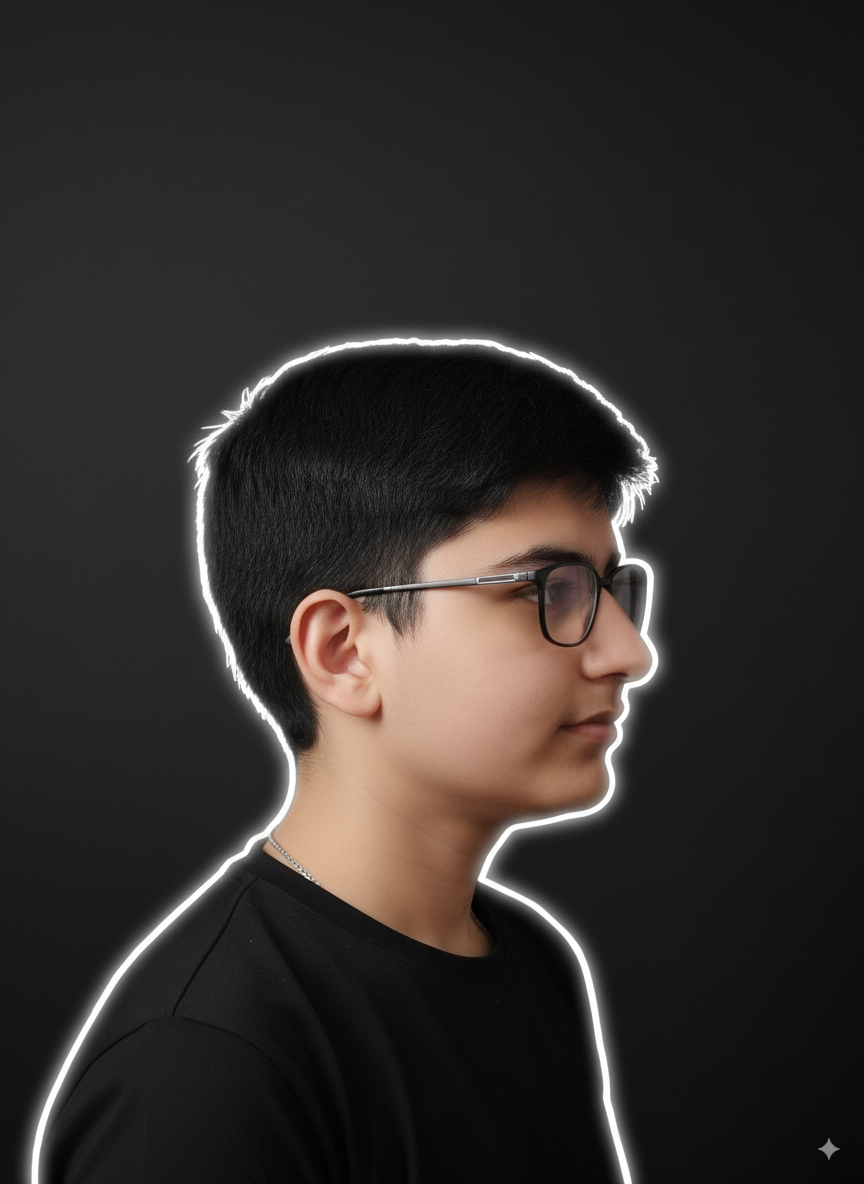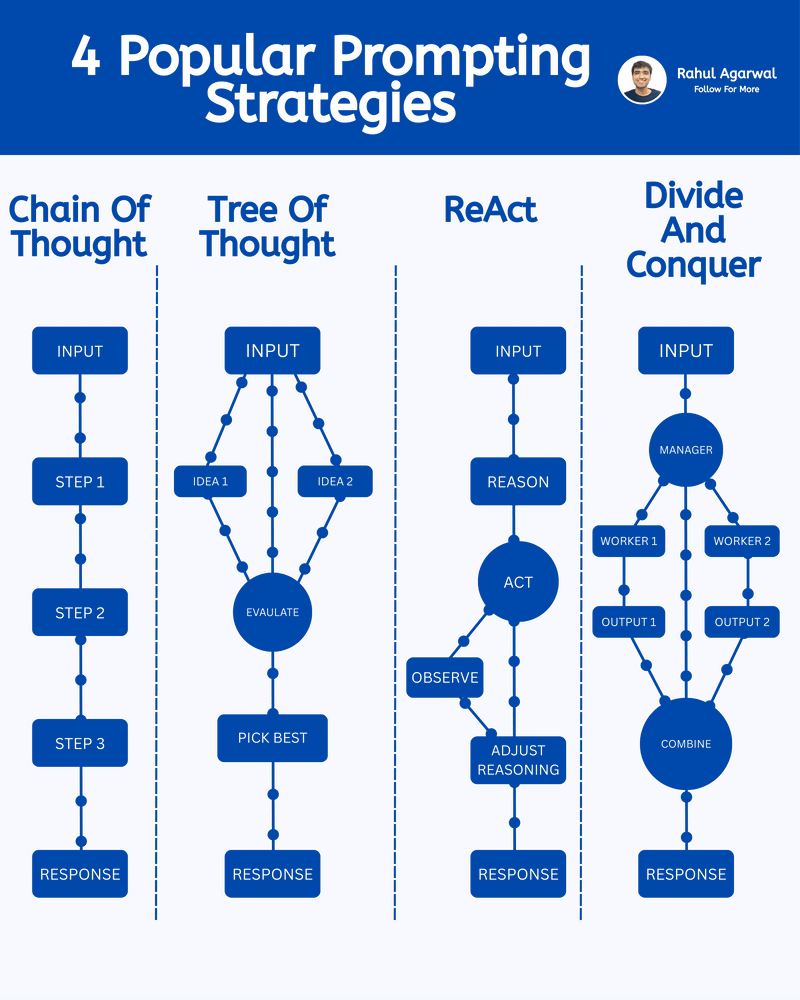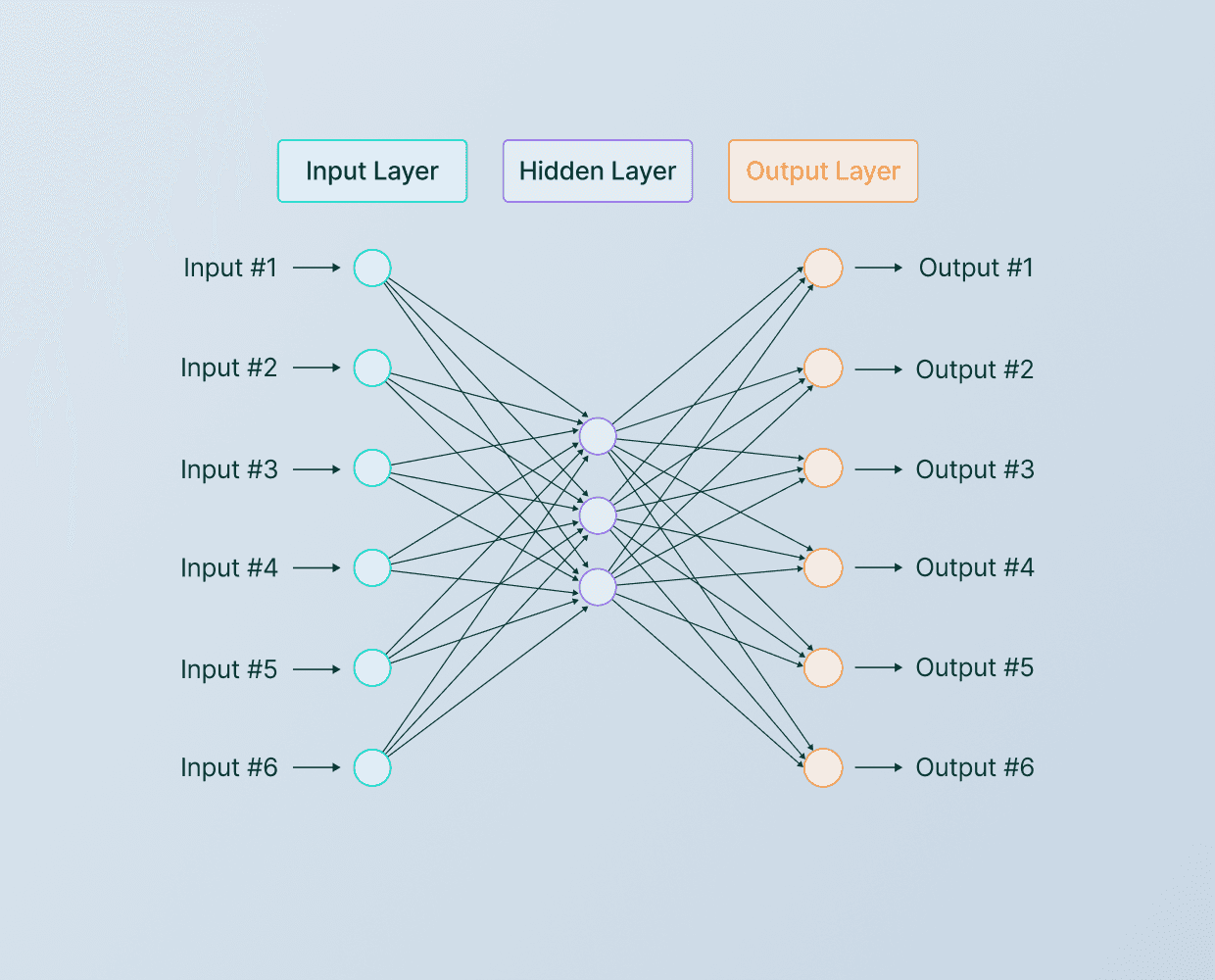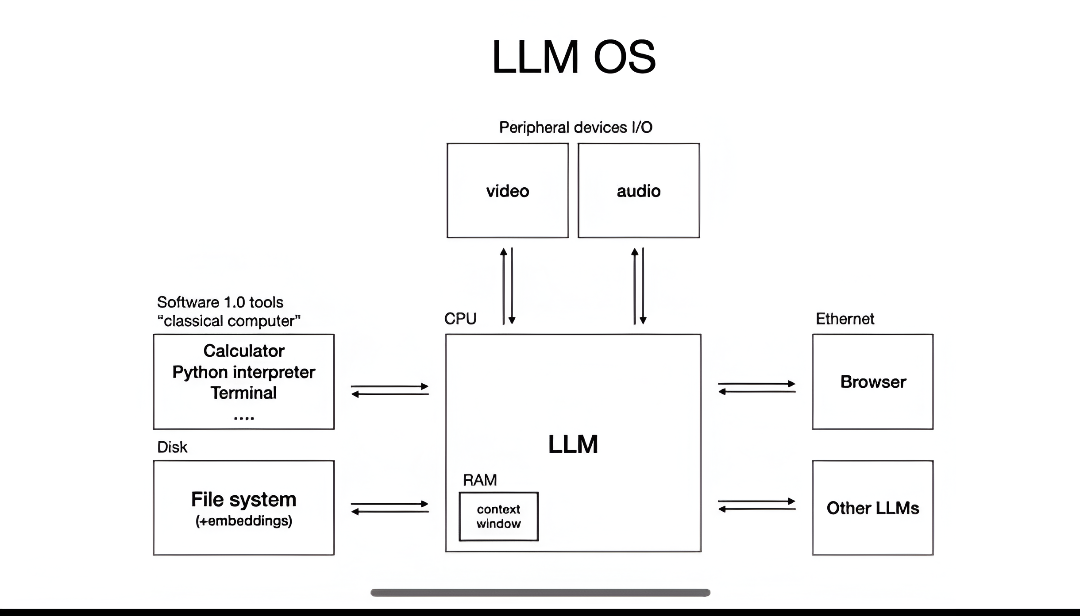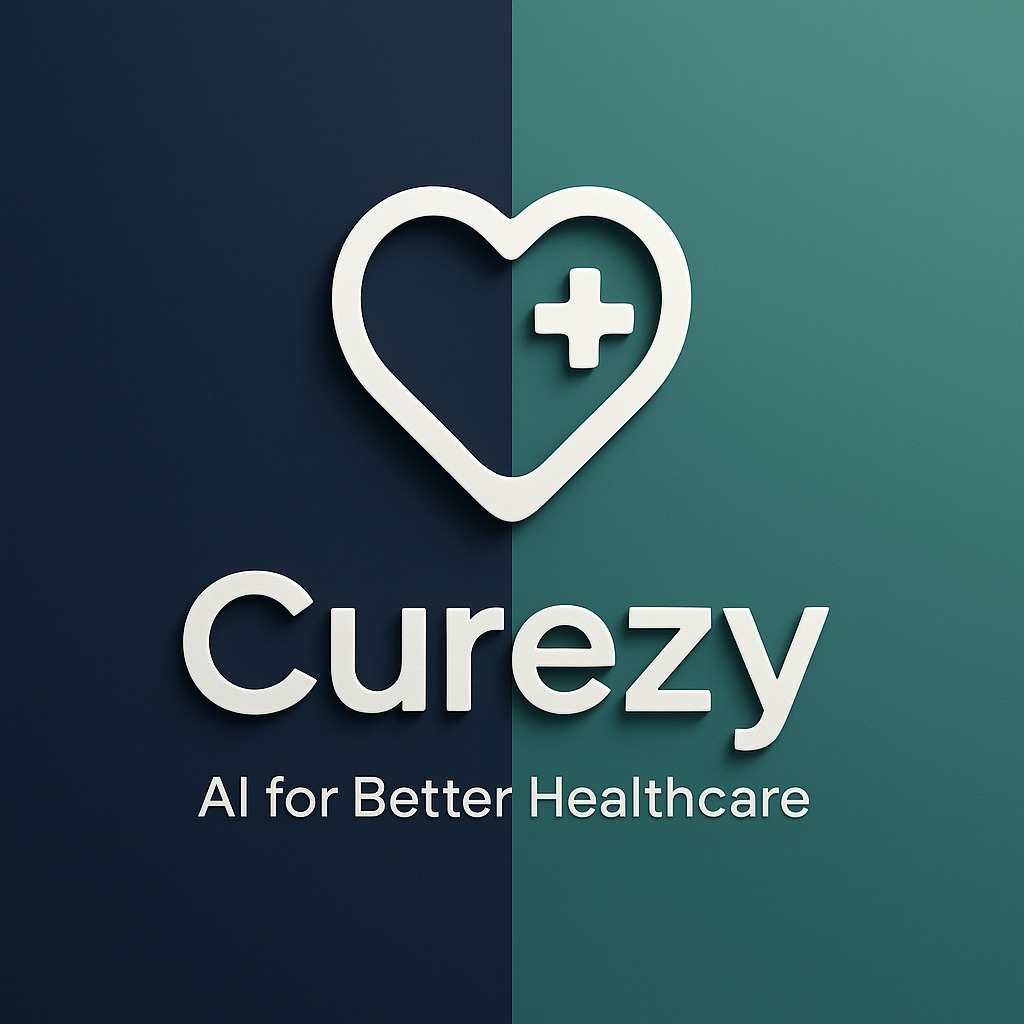Back
Vishu Bheda
•
Medial • 6m
𝗧𝗵𝗲 𝘀𝘁𝗼𝗿𝘆 𝗼𝗳 𝘀𝗼𝗳𝘁𝘄𝗮𝗿𝗲 𝗲𝘃𝗼𝗹𝘂𝘁𝗶𝗼𝗻 𝗶𝘀 𝘁𝗵𝗲 𝘀𝘁𝗼𝗿𝘆 𝗼𝗳 𝗵𝗼𝘄 𝘄𝗲 𝗴𝗼𝘁 𝗹𝗮𝘇𝗶𝗲𝗿 — 𝗮𝗻𝗱 𝘀𝗺𝗮𝗿𝘁𝗲𝗿. • 𝗦𝗼𝗳𝘁𝘄𝗮𝗿𝗲 𝟭.𝟬 (1940s): You had to write every single rule by hand. Computers were dumb. Programmers were gods. You told the machine exactly what to do, line by line. Painfully rigid. Fully manual. No room for magic. • 𝗦𝗼𝗳𝘁𝘄𝗮𝗿𝗲 𝟮.𝟬 (~2012): Neural networks entered the chat. Instead of writing rules, you trained the system by feeding it tons of data. The machine learned patterns — but only for fixed, narrow tasks like recognizing cats in photos. Smart, but not flexible. • 𝗦𝗼𝗳𝘁𝘄𝗮𝗿𝗲 𝟯.𝟬 (~2019): Enter LLMs — the programmable neural nets. You don’t write rules. You don’t even tune weights. You just talk to it. 𝐏𝐫𝐨𝐦𝐩𝐭𝐬 𝐛𝐞𝐜𝐚𝐦𝐞 𝐭𝐡𝐞 𝐧𝐞𝐰 𝐩𝐫𝐨𝐠𝐫𝐚𝐦𝐦𝐢𝐧𝐠 𝐥𝐚𝐧𝐠𝐮𝐚𝐠𝐞. LLMs aren’t just tools — they’re collaborators. 𝐅𝐫𝐨𝐦 𝐜𝐨𝐝𝐞 → 𝐰𝐞𝐢𝐠𝐡𝐭𝐬 → 𝐩𝐫𝐨𝐦𝐩𝐭𝐬. We’ve moved from logic to learning to language. And now, the best developers? Aren’t just coders. They’re 𝐩𝐫𝐨𝐦𝐩𝐭 𝐚𝐫𝐜𝐡𝐢𝐭𝐞𝐜𝐭𝐬, idea whisperers, system thinkers. Welcome to the age of programmable intelligence. Where thinking > typing. 𝐖𝐡𝐞𝐫𝐞 𝐜𝐮𝐫𝐢𝐨𝐬𝐢𝐭𝐲 𝐢𝐬 𝐚 𝐬𝐤𝐢𝐥𝐥.
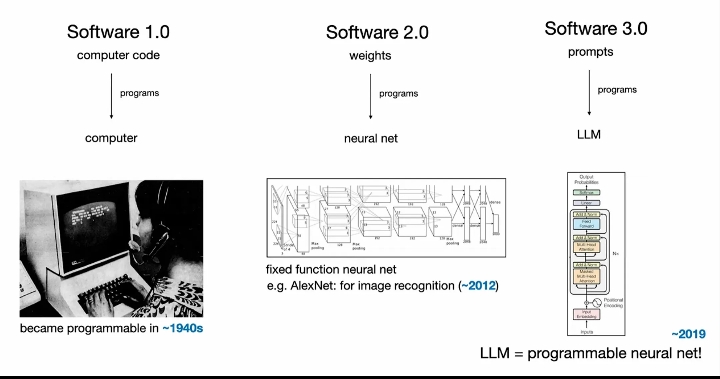
More like this
Recommendations from Medial
Account Deleted
Hey I am on Medial • 5m
Master LLMs without paying a rupee. LLMCourse is a complete learning track to go from zero to LLM expert — using just Google Colab. You’ll learn: – The core math, Python, and neural network concepts – How to train your own LLMs – How to build and
See MoreMrigendra
Founder @Mrigendra B... • 1y
What can I say now? What wasn’t supposed to happen has already happened, and there’s no chance for anything else. Your friend has taken your crush. I could have said something, but it’s already too late. Mistake was yours— What was the need to annou
See More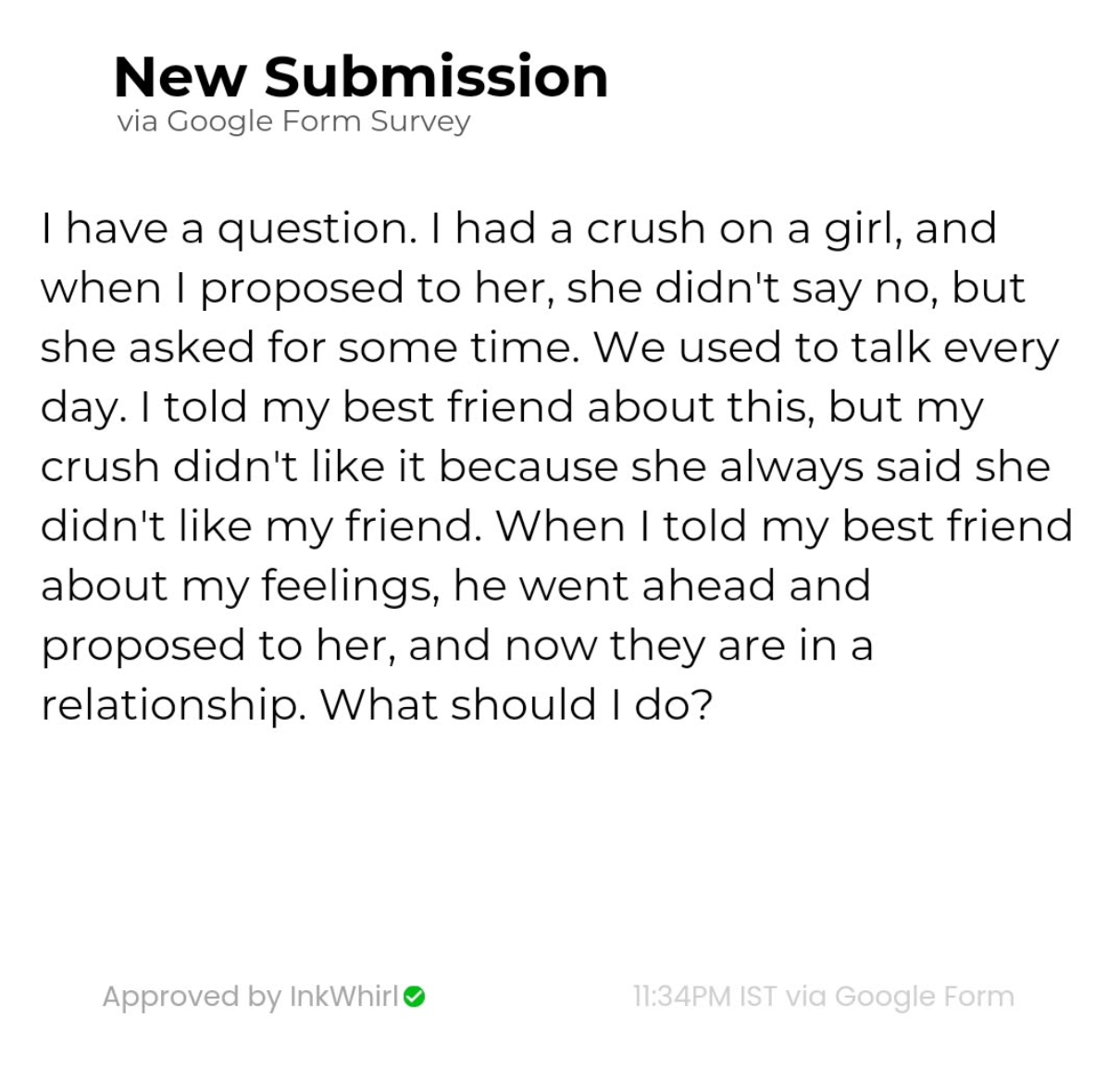
Download the medial app to read full posts, comements and news.




